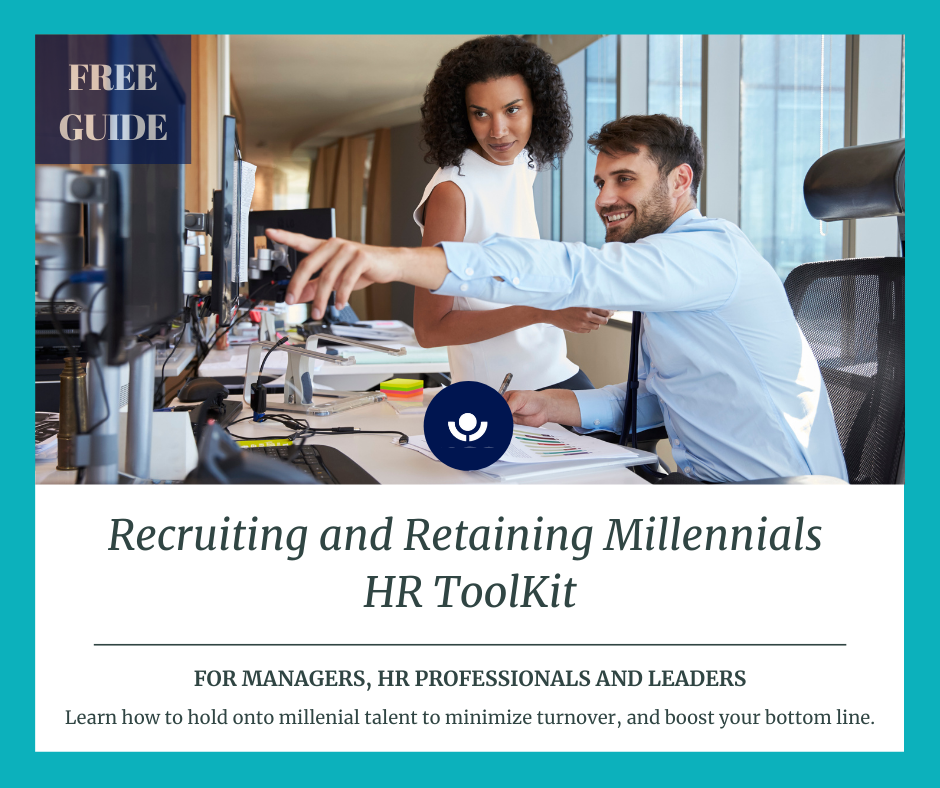October 24, 2025
When HR Is Overloaded, Your Business Feels It For many small to mid-sized businesses, HR is one of the most critical (and most overextended) functions. From payroll and benefits to onboarding and compliance reporting, administrative tasks can quickly consume your team’s time, leaving little room for strategic work that actually moves the business forward. Sound familiar? You’re not alone. A recent survey from Champions of Change: isolved’s Fourth-Annual HR Leaders’ Research Study found that 51% of HR leaders spend four or more hours a day answering repetitive questions. This time could be better spent on employee engagement, culture, and growth initiatives. When HR teams are pulled in too many directions, the consequences ripple across the entire organization, resulting in missed deadlines, frustrated staff, compliance risks, and ultimately, higher turnover. Why HR Leaders Consider Outsourcing Outsourcing HR isn’t just for businesses without dedicated HR teams. In fact, a survey of 1,000 HR decision-makers found that 76% could benefit from outsourcing certain tasks, even though only 54% currently have plans to do so. HR outsourcing allows organizations to offload both core and strategic tasks, including payroll, benefits administration, recruitment, onboarding, compliance support, performance management, employee relations, and workforce analytics, without adding headcount. This augmentation provides a multiplier effect: a small HR team can function like a much larger one, accomplishing more in less time. By leveraging experienced HR professionals through outsourcing, organizations can free up internal HR teams to focus on initiatives that directly impact business growth, such as talent development, employee engagement, and culture-building. Routine administrative tasks, when handled externally, no longer distract from these high-value priorities. The True Cost of Administrative Overload Overburdened HR teams don’t just affect your internal operations; they impact your employees’ experience. Inconsistent onboarding can create a rocky first impression for new hires. Delayed payroll or benefits questions lead to frustration and decreased trust. Compliance oversights expose your business to fines and legal risk. Even small inefficiencies add up. According to the National Association of Professional Employer Organizations (NAPEO), organizations that leverage an outsourced HR model achieve an average ROI of 27.2% per year, saving around $1,775 per employee while paying $1,395 per employee for outsourced services. That’s not just cost savings, it’s a reinvestment in your team and your business. The Power of Strategic HR Outsourcing Outsourcing doesn’t mean giving up control or handing HR off to a faceless provider. Done strategically, it’s about extending your team. Administrative tasks like payroll, benefits, onboarding, and reporting can be handled efficiently by experts, while HR teams gain confidence that compliance requirements are being met. Most importantly, it frees internal HR to pivot from reactive, day-to-day tasks toward engagement, culture-building, and retention strategies. Outsourced HR support can scale with your business, providing additional expertise during busy periods, leaves of absence, or rapid growth phases. The impact is clear. Teams feel supported, employees feel heard, and the organization operates smarter, not harder. With the right outsourcing partner, a small HR team can act like a team of 10, and a team of five can perform like a team of 25, all while maintaining compliance and efficiency. Retention Starts With the Right Employee Experience When administrative burdens are reduced, HR teams can focus on creating meaningful experiences for employees. Transparent processes around pay, benefits, and policies build trust. Faster, more organized onboarding leaves a strong first impression. Access to modern self-service HCM tools empowers employees to manage their own information, reducing repetitive questions and improving engagement. By leveraging experienced HR professionals to handle gaps in internal processes, organizations can enhance overall employee satisfaction, ensuring every interaction, from onboarding to open enrollment, feels seamless and supportive. A Smarter Approach to HR Means a Stronger Business Across industries, companies are recognizing that HR outsourcing is no longer a luxury. It’s a strategic advantage. Organizations that adopt a blended model of technology and advisory support report measurable reductions in administrative workload, cost savings compared to maintaining fully in-house HR teams, and improved engagement for employees. Strategic HR outsourcing allows internal teams to shift from transactional tasks to big-picture initiatives, creating a more resilient, efficient, and high-performing workforce. At the end of the day, HR isn’t just a function; it’s the backbone of your organization. When it’s overextended, the entire business suffers. But with the right support, HR teams can focus on meaningful initiatives, employees feel more valued, and the business benefits from measurable ROI. Strategic HR outsourcing isn’t about replacing your team, it’s about empowering it. Your people, your culture, and your bottom line all benefit. Curious how Simco's HR Advisory services can help your business? Let's talk today.






